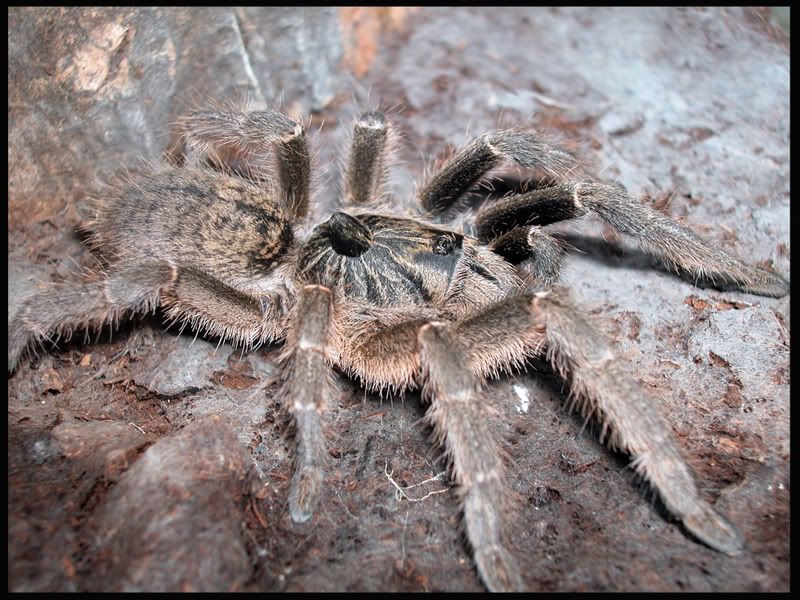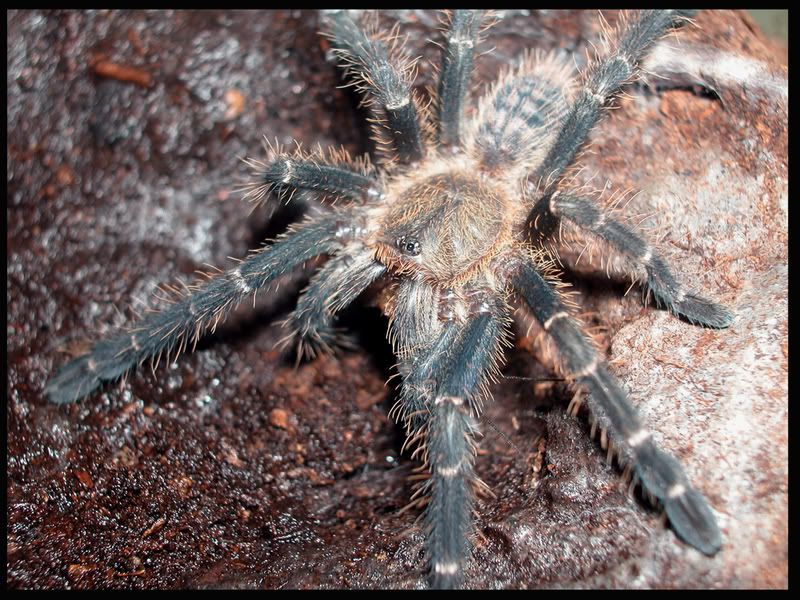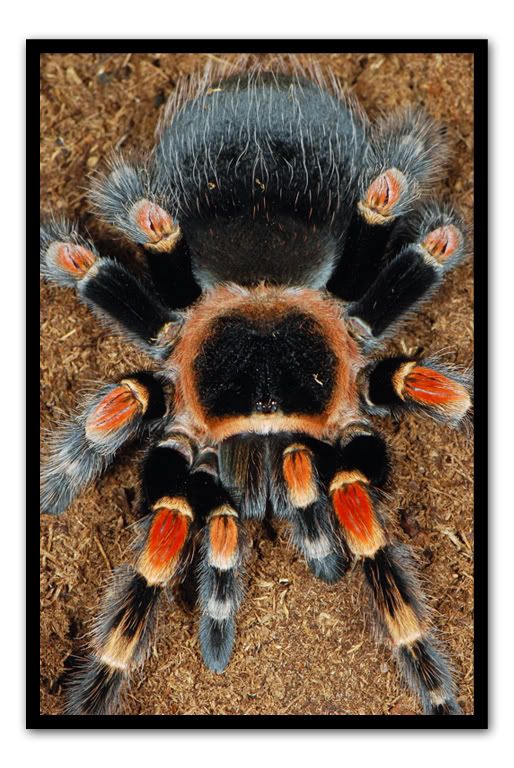- Joined
- Aug 25, 2007
- Messages
- 339
ok ok ok
so i am about to buy a 400 dollar camera, very very nice....
what do i need to do to capture the amazing colors of a tarantula. What mode...is it portrait or auto that captures the colors....
i have used both and niether seem to be working....
but that could be cause i have an older camera.
any of you tarantula photo people out there care to share how you take good pics of ur T's?
thanks
DAVID
so i am about to buy a 400 dollar camera, very very nice....
what do i need to do to capture the amazing colors of a tarantula. What mode...is it portrait or auto that captures the colors....
i have used both and niether seem to be working....
but that could be cause i have an older camera.
any of you tarantula photo people out there care to share how you take good pics of ur T's?
thanks
DAVID










